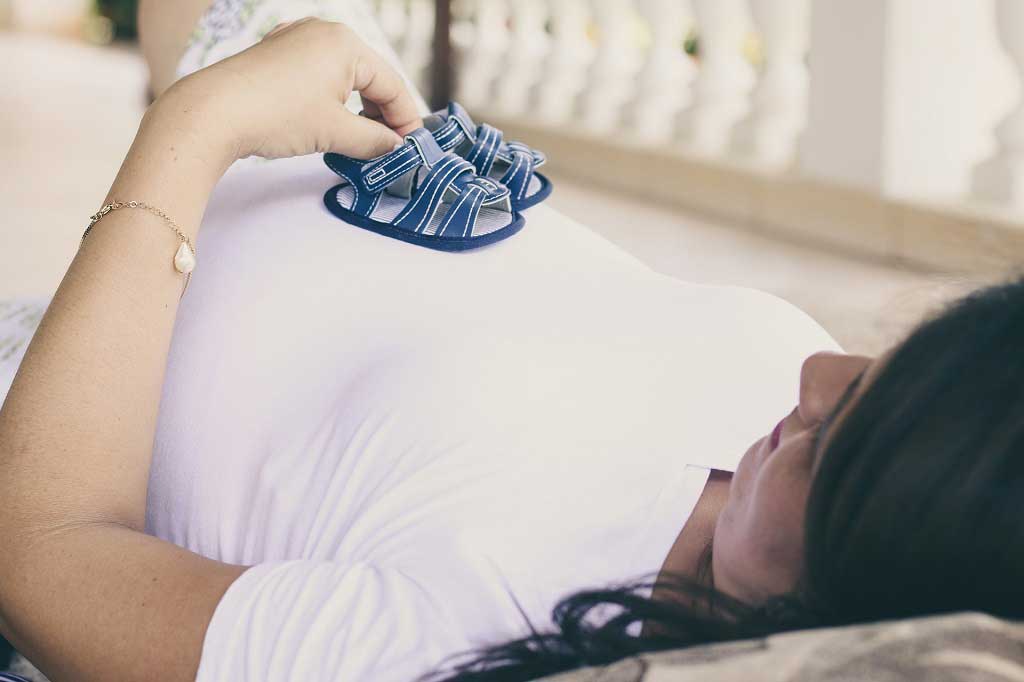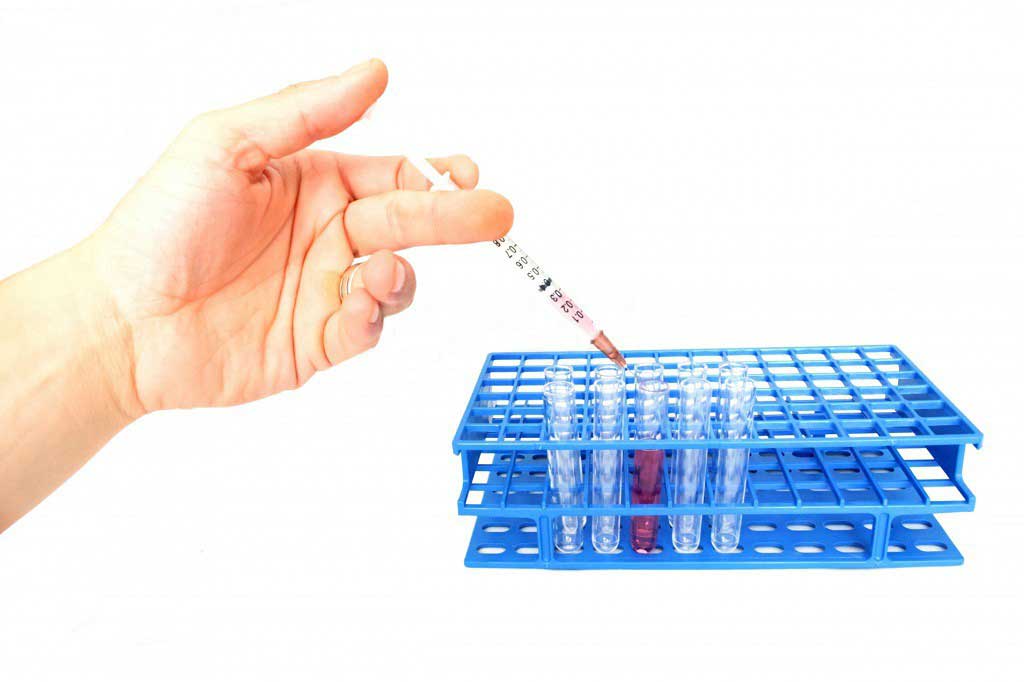22q11 deletion (DiGeorge syndrome)
What are the main features of DiGeorge syndrome?
DiGeorge syndrome can potentially cause many different problems affecting various areas of the body.
The main features are described below, but bear in mind that the severity of these problems varies from child to child and some children with the syndrome will only experience a few of them.
Heart problems
Mostchildren with DiGeorge syndrome have heart abnormalities from birth, such as a hole in the heart or a problem with the main artery leaving the heart (the aorta).
Many children will have four specific structural abnormalities of the heart, collectively known as ' tetralogy of Fallot '. These are:
- pulmonary stenosis narrowing between the right heart chamber and the main blood vessel (pulmonary artery) that carries blood from the heart to the lungs
- ventricular septal defect a hole between the right and left pumping chambers (ventricles) of the heart
- over-riding aorta the entrance to the aorta is next to the ventricular septal defect, allowing low-oxygen blood to flow through it
- thick right ventricle the heart has to work harder to pump blood through the narrowed pulmonary artery, causing the muscle to thicken
A doctor will carry out an echocardiogram ( ultrasound of the heart) to check if your child has these heart problems. Surgery may be needed to correct some of them.
Readmore about congenital heart disease .
Learning difficulties
Commonly, children withDiGeorge syndrome will have slow development of speech and poor concentration, and may struggle with maths and problem solving as they grow up.
Attention deficit hyperactivity disorder (ADHD) and autism spectrum disorder are fairly common, which can make learning even more difficult.
The earlier any learning difficulties are noticed the better, as prompt treatment can reduce their impact and allow parents and teachers to organise any special help needed at nursery or school.
Problems with the mouth, feedingand hearing
Some children with DiGeorge syndrome have a cleft palate (hole in the roof of their mouth)and many more will havea problem with the surrounding mouth muscles. A few will also have a cleft lip (split in the upper lip). It means they may be susceptible to recurrent infections such as oral thrush and pneumonia .
However, immune system problems often improve with age and routine childhood vaccinations should normallybe given to preventseveral serious infections.
Hormone and growth problems
Many children with DiGeorge syndrome also have an underactive parathyroid gland, known as hypoparathyroidism .
There arefour tiny parathyroid glands, each the size of a grain of rice, in the neck behind the thyroid gland. They produce parathyroid hormone to help control the levels of calcium , phosphorus and vitamin D in the bones and blood.
An underactive glandcauses low levels of calcium in the blood, which can cause problems such as tremors andseizures (fits), although these are unusual after infancy. Calcium supplements may be given to treat this.
Some children may also be short for their age because of a growth hormone deficiency, and they may have an underactive thyroid gland .
Emotional and mental health problems
Children with DiGeorge syndrome may find it difficult to make friends with children their own age and mayavoidmaking eye contact.
They may have rapid mood swings, swinging from quietness to hyperactivity, and have unexpected temper tantrums.
Teenagers and adults with DiGeorge syndrome are more likely to develop depression and other psychiatric conditions, including schizophrenia .
Bone and muscle problems
Bone and muscle problems are fairly common in people with DiGeorge syndrome.
Problems that can occur include:
- reduced muscle tone or "floppiness" ( hypotonia )
- abnormalities of the spine, such asa curved spine ( scoliosis )
- clumsy walking or hand movements
- recurrent leg pains
- rheumatoid arthritis
- weak muscles, resulting in hernias and constipation (as thegut muscles don't workvery well)
- a high shoulder blade
- club foot
- over-flexible joints ( joint hypermobility )
- undescended testicles
Eye problems
Possible eye problems include a squint (where the eyes point in different directions), a hole in the iris of the eye known as coloboma , and childhood cataracts although these won't always need treating.
Kidney problems
It's quite common for a child with DiGeorge syndrome to have a missing kidney, or for one kidney to be smaller than the other. An ultrasound scan will pick this up.
This shouldn't cause any problems and no treatment is necessary.
Introduction
DiGeorge syndrome is a genetic disorder that's usually noticeable at birth. People with the condition can have heart defects and learning difficulties.
What are the main features of DiGeorge syndrome?
DiGeorge syndrome can potentially cause many different problems affecting various areas of the body. The main features are described below, but bear in mind that the severity of these problems varies
What is 22q11 deletion?
Chromosomes are X-shaped strands of genes, which provide instructions for a person's characteristics. Most people have 23 pairs of chromosomes one of each pair from their mother, and the other from th
How does the mutation happen?
In most cases of DiGeorge syndrome, the missing piece of chromosome would alreadyhave been missing from the egg or sperm from which the baby was conceived. This can happen by chance whenDNA is copied
How is DiGeorge syndrome diagnosed?
The piece of missing chromosome that causes DiGeorge syndrome is so small that it cannot be seen under a microscope. Instead, aspecial test called the FISH test (fluorescence in situ hybridisation) wi
What are the chances of my next child having it?
A parent with DiGeorge syndrome has a 50% chance of passing on the condition to their child. This applies in each pregnancy. If neither parent has the condition, the risk of having another child with
What help and support is available?
There's no cure for DiGeorge syndrome, but many of the problems experienced by people with the condition can be monitored and treated if necessary. Your child will have regular tests from infancy onw
Information about your child
If your child hasDiGeorge syndrome, your clinical team will pass information about him or her on to the National Congenital Anomaly and Rare Diseases Registration Service (NCARDRS). This helps scient







 Subscribe
Subscribe Ask the doctor
Ask the doctor Rate this article
Rate this article Find products
Find products